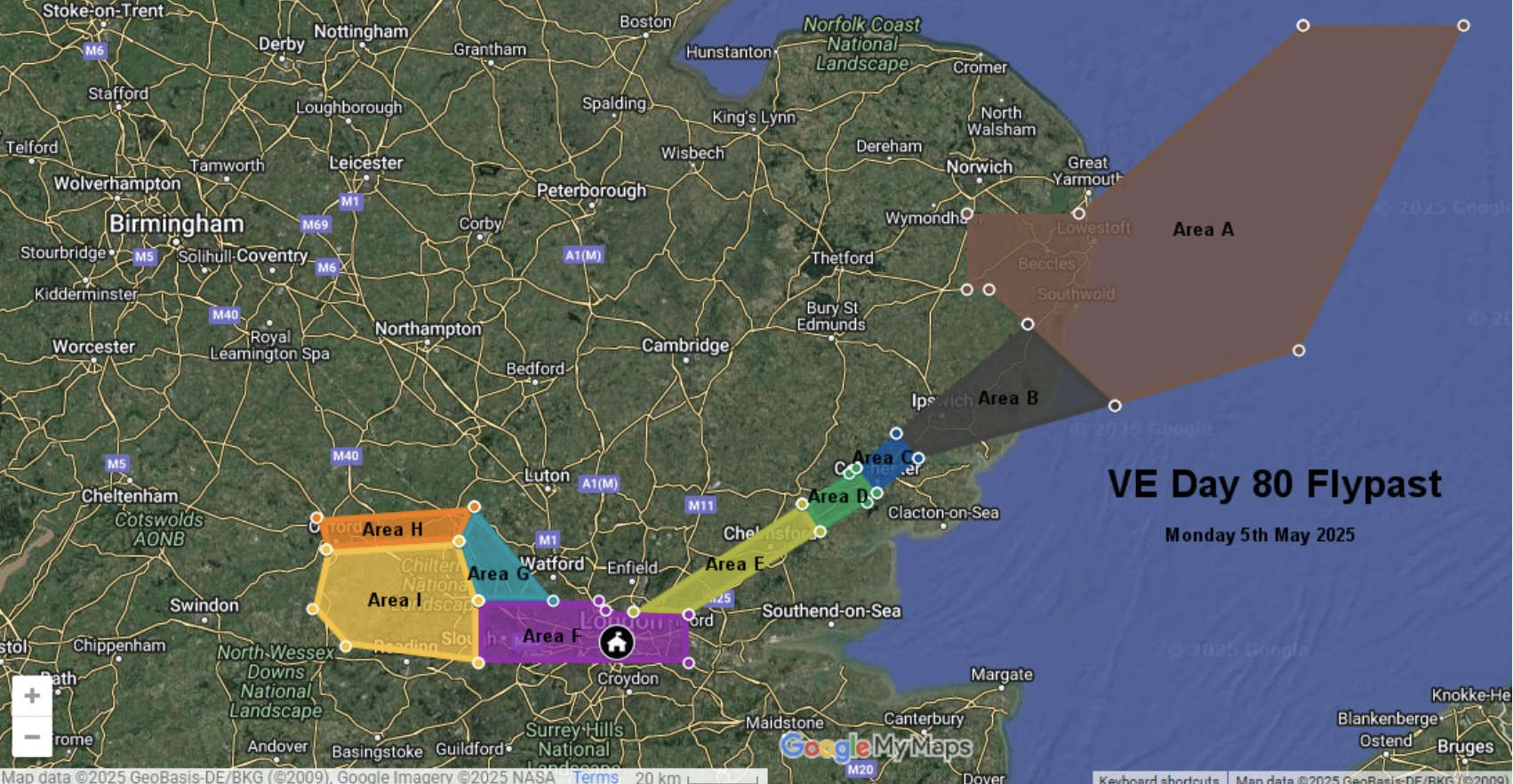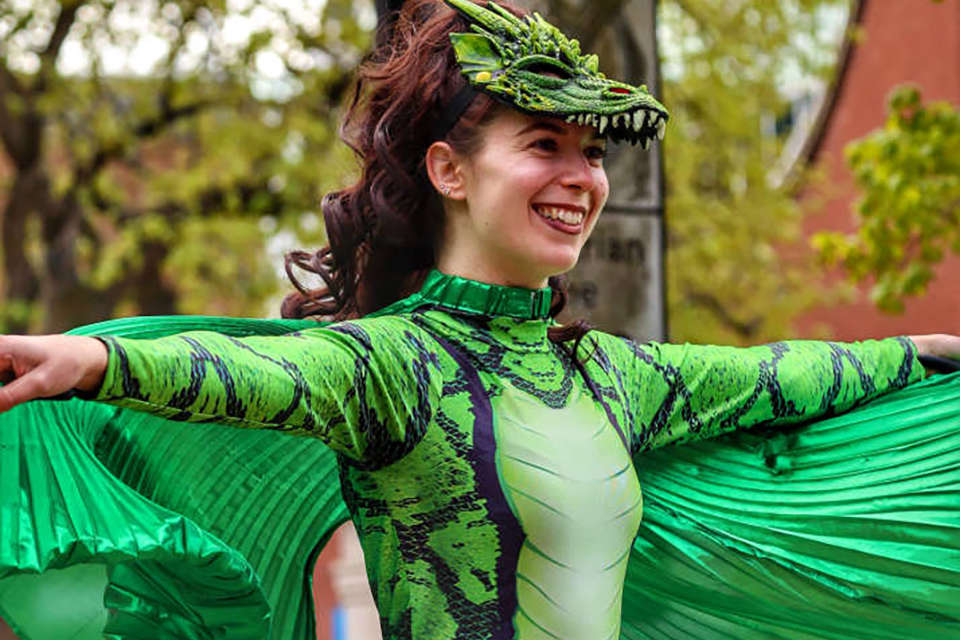
The Breast Unit at Buckinghamshire Healthcare NHS Trust has recently become one of the first in the UK to use the MagTotal approach to improve the surgical process for treating some breast cancers.
The approach involves a small single-use metal device (seed) called Magseed, designed to accurately mark the site of a breast cancer lesion for surgical removal, and a lymphatic tracer called Magtrace, used as an alternative to radioactive tracers for breast cancer staging, in one single surgery.
In this procedure, the seed is placed with a needle into the patient’s tumour, under local anaesthetic and ultrasound or stereotactic X-ray guidance. This helps guide surgeons during a breast lumpectomy to identify breast cancers that cannot be felt by touch.
The pioneering MagTotal approach delivers precision accuracy, reduces operating time and improves surgical logistics for both the patient and hospital team.
Consultant Breast Surgeon, Dr Fiona Tsang-Wright said: “I am so proud that our breast unit is one of the first in UK to use the MagTotal approach for the localisation of breast cancer and lymph nodes. This is brilliant for our Buckinghamshire patients because it makes the day of surgery so much less stressful and uses magnetic technology for the accurate and precise removal of their cancer. It also means that the team can perform two essential surgeries with just one machine and forego the need to use radioactive solutions. It’s a win-win for patient and clinician.”
As well as the seed, Magtrace is also injected ahead of surgery (up to 30 days before) in the MagTotal approach. Once injected, it will move to the lymph nodes most likely to contain an invasive cancer, staying there until it’s time to remove those nodes.
At the time of surgery, the location of the seed is first detected with a probe, followed by marking the lymph nodes with Magtrace. A magnetic sensing machine called the Sentimag provides the guidance using different pitches of sound and an on-screen reading, to let surgeons know how close they are to the target tissue. The tumour containing the seed will then be removed, along with the marked lymph nodes.



 Musical raises over £12,500 for hospice charity
Musical raises over £12,500 for hospice charity
 South Central Ambulance Service says Rising levels of violence must stop
South Central Ambulance Service says Rising levels of violence must stop
 Buckinghamshire Recycles asks residents to Rescue Me, Recycle
Buckinghamshire Recycles asks residents to Rescue Me, Recycle
 Huge Milestone for Bike ReCycles
Huge Milestone for Bike ReCycles
 VE Day Flypast Scheduled
VE Day Flypast Scheduled
 Aylesbury Library Weeklong Closure
Aylesbury Library Weeklong Closure
 Celebrate St George's Day with a Historical Fayre and Grand Parade in Aylesbury
Celebrate St George's Day with a Historical Fayre and Grand Parade in Aylesbury
 Local Charity brings new investment in patient care
Local Charity brings new investment in patient care












